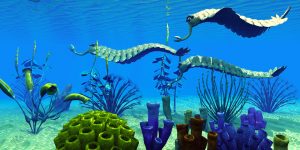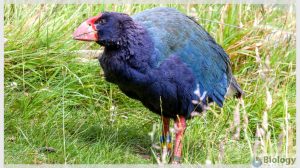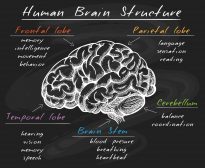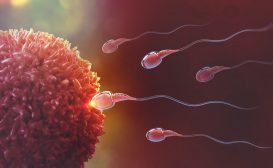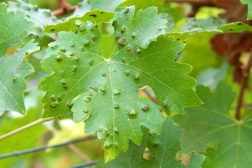Definition
noun, plural: proteinoplasts
(botany) A leucoplast that stores and modifies protein
Supplement
Plastids are organelles involved in the synthesis and storage of food. They are found within the cells of photosynthetic eukaryotes. In plants, plastids may develop into these forms: (1) chloroplasts, (2) chromoplasts, (3) gerontoplasts, and (4) leucoplasts. Leucoplasts are colourless plastids because they lack pigments. Their role is primarily for storage. Depending on the content of the leucoplasts, they may be amyloplasts, elaioplasts, proteinoplasts, or tannosomes.
Proteinoplasts are leucoplasts that contain crystalline bodies of proteins. They may also serve as a site for certain enzymatic activities. However, the proteinoplasts contain protein inclusions that may be crystalline or amorphous and often enclosed by a membrane. Proteinoplasts are found in seeds, e.g. brazil nuts, peanuts, etc. Compared with chloroplast, which is a green plastid involved in photosynthesis, the proteinoplast has fewer thylakoids.
Other references though were not able to confirm if proteinoplast is solely a protein reservoir since other plastids contain various proteins as well. There were also no definitive answer if the presence of protein inclusions is sufficient to qualify a plastid as proteinoplast.1
Synonym(s):
- aleuronaplast
- aleuroplast
- proteoplast
See also:
Reference(s):
1 Wise, R. & Hoober, J. (2007). The Structure and function of plastids. Dordrecht: Springer. p.10

